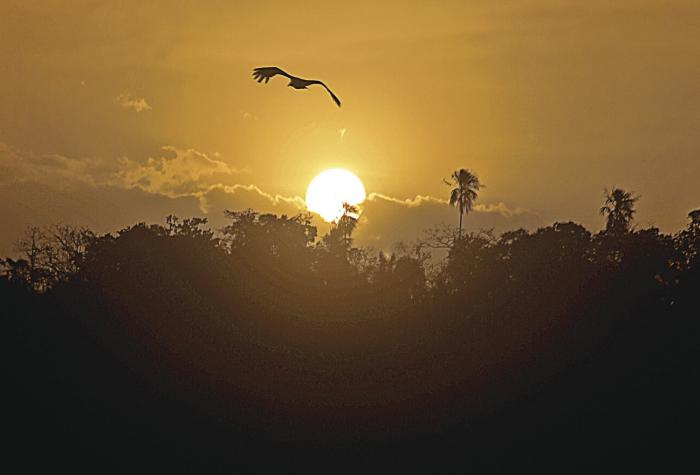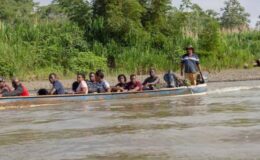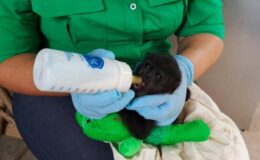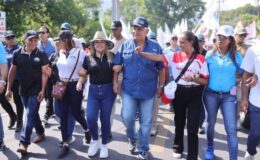
BAYANO- region holds environmental marvels and prosperous commerce.
- By : James Bryson
- Category : Conservation, Environmental, Human Interest, Panama Tourism

The dawn embraces the port of Bayano. The landing is covered by fishing boats crammed with tilapia. From the bow of his boat, Elíseo Morales talks with the tour guide Dimas Núñez.
“A part of the fish is sold for local consumption, another part, to the Chinese; another, to a processor from a supermarket,” explains Morales, who lives in Pueblo Nuevo, one of the communities that has lived from the fishing industry for 25 years.
https://www.laestrella.com.pa/cafe-estrella/cultura/220310/impetu-bayano

The effects of the hydrographic basin of Lake Bayano, built in 1976, allowed the constitution of new towns such as Pueblo Nuevo, whose 200 inhabitants depend on fishing or tourism, such as Dimas Núñez, who has spent a decade touring the attractions of the reservoir.
The impetus of Bayano, a black leader – key in the emancipation of his race during the time of the Spanish colony in Panama – and for whom the reservoir was named, transmuted into the Seco, whose force shapes the famous Bayano caves.

“The organic material of the mountain floor gives off a humic acid that, when it falls, the water seeps into the subsoil, collides with the limestone, which is salt, and dissolves the rock… as the river passes through the cave he is cultivating it more”, explains biologist Jorge Luis Pino to La Estrella de Panamá.
Dimas leaves his house stationed on the outskirts of the caves with the mandatory safety equipment that must be used to explore them: a helmet with a flashlight, a floatation vest and a wooden stick that serves as a support to walk inside the rocky terrain.

“The guide should always go ahead of the tourist so that he knows where he should step,” Dimas remarks, when his shoes are covered by water a few meters after starting the journey inside the first cave named Pueblo Nuevo cave. .
The stones are known to Dimas; he walks freely in the middle of the silty rocks, and as he advances, the water covers him until he reaches ‘El Altar’, a high rock that emerges from the inner wall of the cavern with enough space to develop some religious rite for a dozen pilgrims.

The mystical permeated the caves of Pueblo Nuevo, since ‘El Altar’ is not the only space with religious terminology; the ‘Miraculous Hole’ quenches the thirst of passers-by with water filtered from the mountain through a stalactite and a stalagmite.
“The stalactites grow hanging from the ceiling, from the top down, while the stalagmites grow on the ground from the bottom up,” said Pino, who is also a professor at the Autonomous University of Chiriquí.

The biologist added that “in some cases, simply if the rain drags more acidic components, then the cone does not form and what you see there can form, which is a small cup where the drop falls when it spills”, referring to the tourist drinking fountain.

The translucency of that fountain is identical to that of the natural pool that awaits at the end of the two kilometers traveled through the Pueblo Nuevo cave. Dimas Núnez sits next to that aquatic circuit pregnant with green, putting an end to the journey through the waters that absorbed the spirit of Bayano.




No Comments